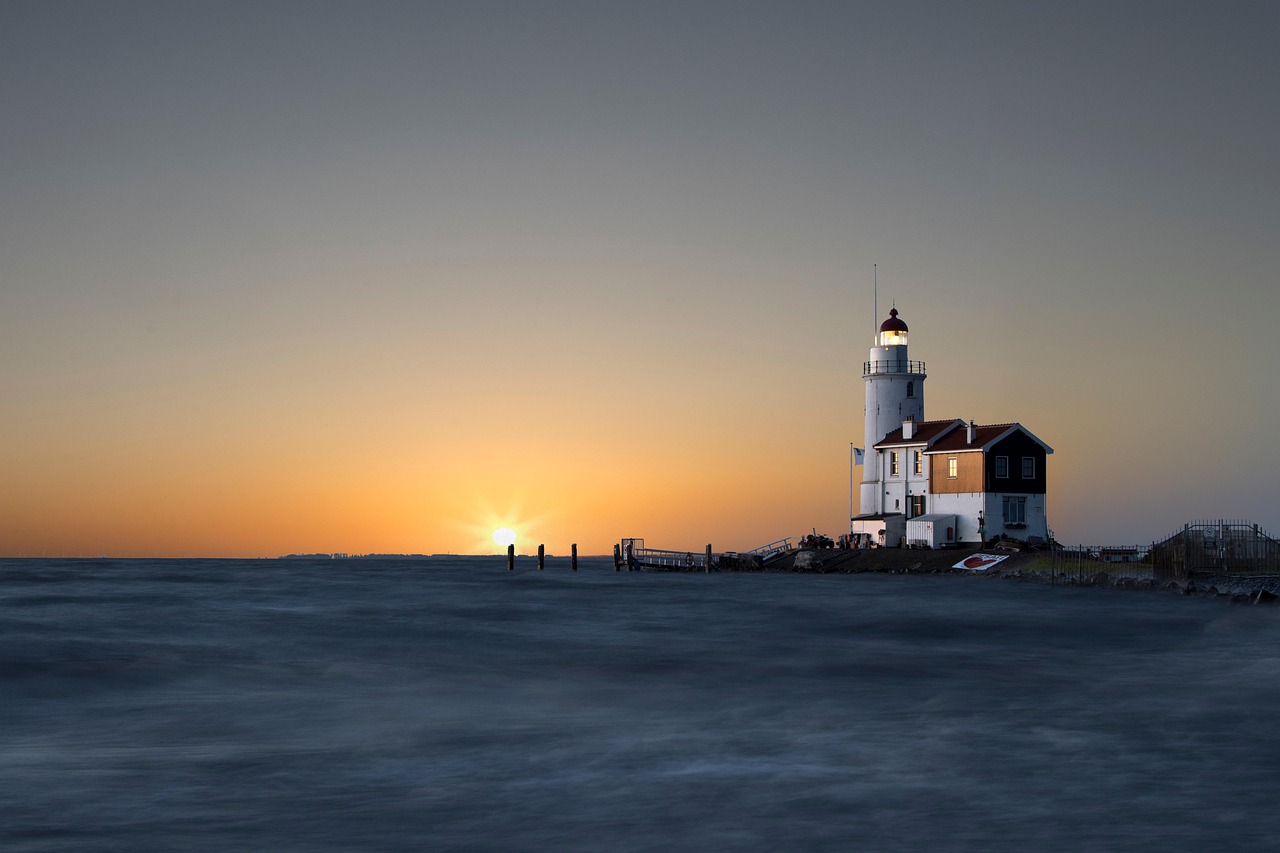Maritime History and Coastal Navigation Along Wisconsin’s Peninsula
Door County, Wisconsin, is known for its extensive shoreline, covering roughly 300 miles, and a remarkable concentration of historic lighthouses. With eleven distinct lighthouse structures positioned along the peninsula and surrounding islands, the area contains one of the highest lighthouse densities of any county in the United States. These structures continue to serve as enduring symbols of maritime navigation and local heritage.
Historical Significance
Throughout the 19th and early 20th centuries, lighthouses played a critical role in maritime safety across Door County. These beacons guided vessels through narrow straits, along rocky shorelines, and into harbor entrances during both day and night. Additionally, they supported the growth of industries such as fishing, logging, and shipping, which depended heavily on safe and efficient water transport.
Each lighthouse was typically staffed by a keeper and their family, who were responsible for maintaining the light and ensuring visibility in adverse weather conditions. In many cases, these individuals worked under isolated and challenging circumstances.
Notable Lighthouse Sites
Baileys Harbor Lighthouses
The Baileys Harbor (Old Light) was one of the earliest beacons constructed along the peninsula. Nearby, the Baileys Harbor Range Lights functioned as a pair of navigational markers that aligned to indicate a safe channel for incoming vessels.
Cana Island Lighthouse
Located off the eastern coast near Baileys Harbor, Cana Island Lighthouse is one of the most recognized landmarks in Door County. It provided essential guidance for ships navigating Lake Michigan’s shoreline.
Chambers Island Lighthouse
Positioned in Green Bay, the lighthouse on Chambers Island contributed to safer maritime routes along the western edge of the peninsula. Its isolated location underscores the logistical challenges faced by 19th-century lighthouse operations.
Eagle Bluff Lighthouse
Found within Peninsula State Park, Eagle Bluff Lighthouse served as a bay-side beacon for ships traveling along the central shoreline. Today, it remains a prominent historical structure within the park’s boundaries.
Pilot Island Lighthouse
Situated in the strait known as Death’s Door, this lighthouse warned mariners of dangerous currents and submerged hazards near the northernmost part of the peninsula.
Plum Island Range Lights
These range lights were installed to help vessels align correctly while passing through the narrow channel between the mainland and Washington Island. Their precise placement was critical for avoiding accidents in high-risk waters.
Pottawatomie Lighthouse (Rock Island)
Also referred to as the Rock Island Lighthouse, this structure is widely regarded as the oldest in Wisconsin. It played a key role in navigating the remote northern island chain.
Sturgeon Bay Lighthouses
In the southern portion of the peninsula, multiple lighthouses served the Sturgeon Bay Canal and harbor system. These include the Sturgeon Bay North Pier Light, the Sturgeon Bay Canal Light, and several auxiliary aids. Collectively, they supported one of the county’s most active shipping corridors.
Sherwood Point Lighthouse
Located at the entrance to Sturgeon Bay, Sherwood Point Lighthouse was notable for being one of the last manned lights on the Great Lakes. It remains a part of Door County’s extensive network of navigational structures.
Broader Context
The need for lighthouses in Door County stemmed from its complex geography. In addition to the peninsula itself, nearly 40 islands dot the surrounding waters, creating both natural beauty and navigational risk. As a result, a coordinated lighthouse system became essential for regional safety.
Furthermore, the area’s frequent storms, shifting winds, and shallow passages increased the demand for reliable coastal lighting. These conditions made lighthouses vital not only for large cargo ships but also for smaller fishing vessels and passenger ferries.
Legacy and Preservation
Today, many of these lighthouses are preserved as historic sites or continue to function as automated aids to navigation. Restoration efforts, museum exhibits, and archival records have helped document their roles in shaping Door County’s identity.
In addition, some of the original keepers’ residences remain, offering insight into the daily lives of the individuals who operated the lights. Collectively, these structures reflect the resilience and precision required to maintain safety in one of the Great Lakes’ most active marine regions.

Comments are closed